In case you have just joined me, know that you can access all of my earlier creations by checking under ‘categories’ on the right hand side of this blog under “Labels”. Then, for your convenience, follow me here or on Facebook, You Tube, Pinterest, Twitter or Instagram.
Check out all my social media handles at the bottom of this blog
Oh, and may I add that the fastest way to find any of my blogs is via Pinterest.
All my blogs can be printed. Find the printer friendly (green) link at the bottom of this blog. You can also hit Control P (or Command P for Mac) on your keyboard, and the blog will go directly to the connected printer.
Remember that you only print if absolutely essential. Save paper – Save Our Earth.
Do remember to add my blog URL when you make and show off your creation.
Just copy the link on the search bar above - that's the blog URL.
To purchase this or similar yarn online, click here to buy your yarns online via Amazon. While you will still pay the same, I may get paid by Amazon as well.
This is a free blog - so do pay it forward for me. Cheers.
Whipstitch to join : https://youtu.be/wZ-9LNzftMA
Invisible join : https://youtu.be/a6XZQ6VzJFM
Single crochet to join : https://youtu.be/6FXoW_47_dIDouble crochet 2-tog : dc 2-tog : [yo, insert hk in st or ch-sp, yo and pull up a lp ; yo and draw through 2 lps] 2 times (3 lps on hk) ;
{yo, draw through 2 lps on hk} 2 times. One dc 2-tog made.
This video tutorial at https://youtu.be/1_oPlUfN5eg shows you how to use the dc 2-tog to decrease.Triple Crochet : trc : wrap yarn twice around hook, insert hk into st ; yo (4 lps on hk); [yo, draw through 2 lps] three times. One trc made.
Check out the video at https://youtu.be/A0y4BbgDTbs
Chainless start for Triple / Treble Crochet : I dislike the ch-2 / ch – 3 start, and this is what I do to start my row of trc.
Check out the video at https://youtu.be/f42MO0cGYC0
We will now work across the body to the other side (other wing) and complete that wing like we did this one.
How to work a picot stitch : Traditionally for a ch-3 picot, you work (ch 3, sl-st in 3rd ch from hook). For a ch-5 picot, you will do (ch 5, sl-st in 5th ch from hook).
Here’s a great video https://youtu.be/8s3zVaBcn4sHow to add beads : https://youtu.be/EcpgMgBox8I
How to work with beads in crochet : https://youtu.be/yanbAnF_pr0
Extended half double crochet (e-hdc) : https://youtu.be/vtbAaieJmnA
Extended double crochet (e-dc) : https://youtu.be/hf8XIciS8AETriple Crochet : trc : wrap yarn twice around hook, insert hk into st ; yo (4 lps on hk); [yo, draw through 2 lps] three times. One trc made.
Check out the video at https://youtu.be/A0y4BbgDTbs
Chainless start for Triple / Treble Crochet : I dislike the ch-2 / ch – 3 start, and this is what I do to start my row of trc.
Check out the video at https://youtu.be/f42MO0cGYC0Double Treble /Triple Crochet : dtrc : wrap yarn three times around hook, insert hk into st ; yo (4 lps on hk); [yo, draw through 2 lps] three times. One dtrc made.
Check out the video at https://youtu.be/XyPrnAtOs3U


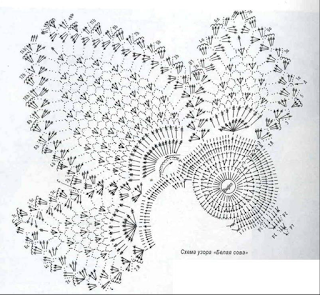

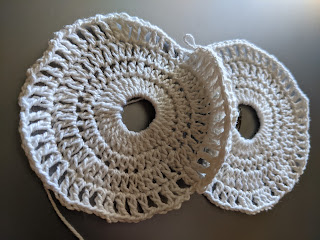
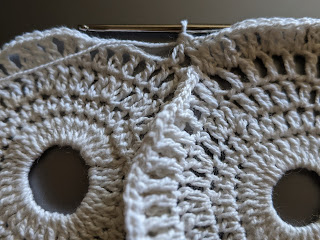

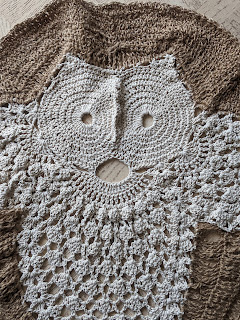
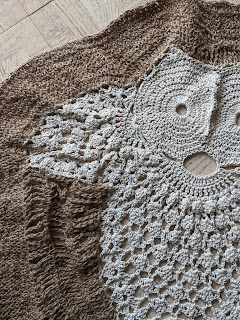
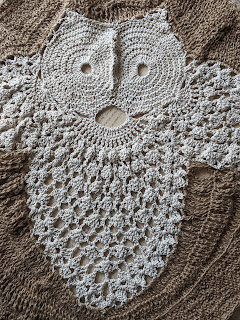

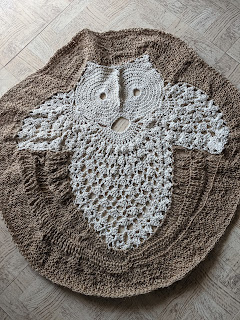
No comments:
Post a Comment
Thanks for taking the time to stop by. Do tell me what you think. Cheers